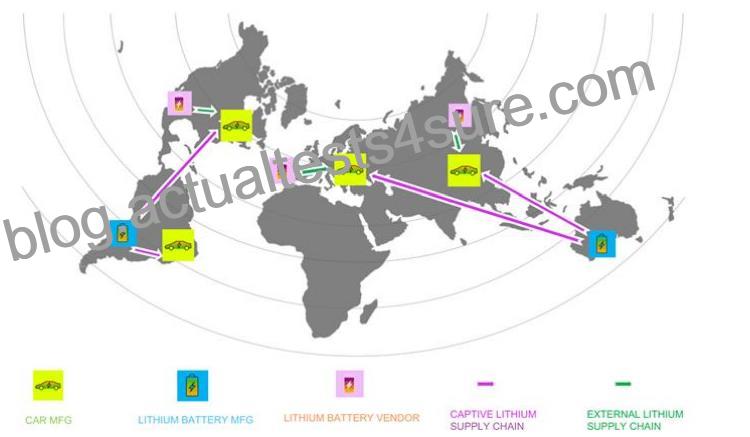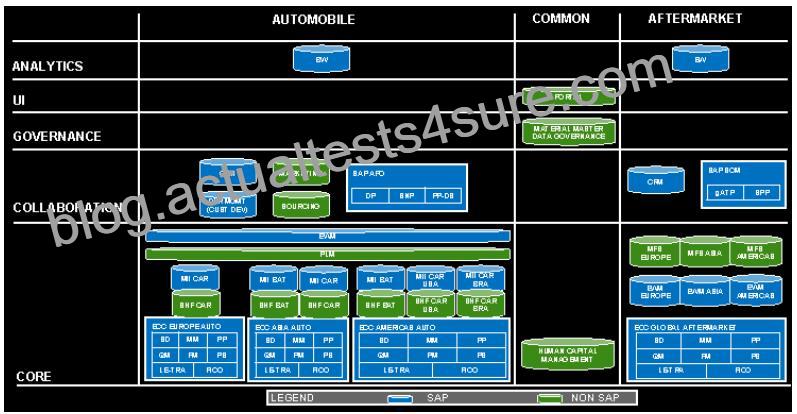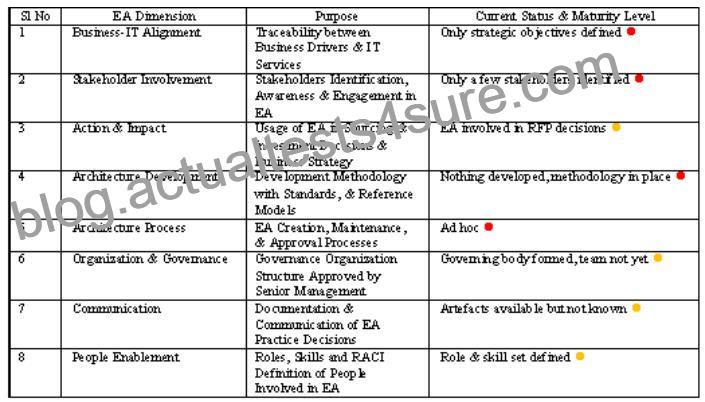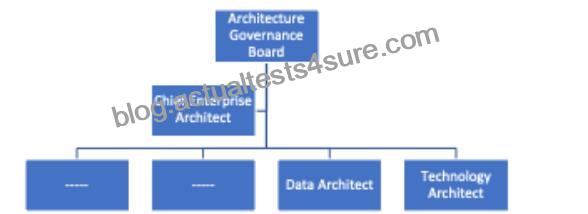There are a few reasons why you would recommend building SAP Side-by-Side Extensions to an S/4HANA system based on SAP BTP.
SAP BTP is a cloud-based platform, which means that extensions can be developed, deployed, and managed in the cloud. This makes it easy to scale and manage extensions, and it also makes it easier to collaborate with other developers.
SAP BTP provides a number of services that can be used to build extensions, such as SAP Cloud Platform Integration and SAP Cloud Platform Event Mesh. These services can help to make extensions more scalable, reliable, and secure.
SAP BTP supports a variety of programming languages, which means that developers can use the language they are most comfortable with. This can help to make the development process more efficient and productive.
In addition to these reasons, SAP BTP also allows extensions to maintain SAP user and security context and allow the use of S/4HANA eventing. This is important because it ensures that users are only able to access the data and functionality that they are authorized to access, and it also allows extensions to react to events that occur in S/4HANA.
Therefore, SAP BTP is a good choice for building SAP Side-by-Side Extensions to an S/4HANA system.
Extensions on SAP BTP can maintain SAP user and security context, which means that the extensions can use the same authentication and authorization mechanisms as the S/4HANA system and respect the user roles and permissions defined in the S/4HANA system.
Extensions on SAP BTP can use S/4HANA eventing, which means that the extensions can subscribe to business events that are triggered by the S/4HANA system and react to them accordingly. For example, an extension can listen to a sales order creation event and perform some additional logic or integration based on the event data.
Extensions on SAP BTP can leverage the SAP Cloud Platform Integration Suite and the SAP HANA Data Management Suite, which provide a comprehensive set of services and tools for different integration scenarios, such as process integration, data integration, analytics integration, user integration, and thing integration.
Extensions on SAP BTP can benefit from the cloud-native capabilities of SAP BTP, such as scalability, elasticity, availability, and security. Extensions on SAP BTP can also take advantage of the various programming languages, frameworks, and technologies supported by SAP BTP, such as Java, Node.js, Python, Go, PHP, CAP, or serverless functions.
Verified Reference: 6: https://help.sap.com/viewer/9d1db9835307451daa8c930fbd9ab264/2020.002/en-US/6f7b0c5a5e0d4f8a8b7c0e9c6b6a7f5e.html#loio6f7b0c5a5e0d4f8a8b7c0e9c6b6a7f5e__section_2
Topic 1, Case Study – Wanderlust
Introduction
Wanderlust GmbH, headquartered in Germany but with manufacturing facilities and sales globally, is a leading global manufacturer of conventional fuel driven cars. They are renowned for their best-in-class engineering, but not so much for aftermarket customer service. In recent years, Wanderlust has had limited success expanding into the market of electric vehicles. Following is Wanderlust’s geographical manufacturing and supply spread:

Wanderlust offers one compact electric Sedan (model ELAN) and one compact electric SUV (model ELUV), each with three variants – basic (LX), mid-range (VX) and high-end (ZX). Customers can also choose from a range of five metallic colors, two drive trains and two battery ranges.Overall, 50 different combinations are offered for all segments and variants put together.
Extracts from CEO Interviews – Business Environment
Constraints/Issues
o Stiff water consumption regulations and enormous penalties for violation – Lithium extraction is a heavy water intensive process and mine locations are in very arid areas like the Australian outback and Atacama Desert o Significant dependence on external suppliers of Lithium batteries due to limited number of manufacturing units, long lead times and high carbon footprint in all car manufacturing facilities except Brazil.
o Long delays in spare battery availability, leading to an avalanche of unresolved battery related customer complaints for vehicles under warranty o Limited charging infrastructure, long charging cycles (as compared to refilling fuel) and slow resolution of battery related complaints.
o Dwindling in store footfall due to pandemic (for feature-based vehicle selection prior to test drive) Wanderlust offers one compact electric Sedan (model ELAN) and one compact electric SUV (model ELUV), each with three variants – basic (LX), mid-range (VX) and high-end (ZX). Customers can also choose from a range of five metallic colors, two drive trains and two battery ranges.Overall, 50 different combinations are offered for all segments and variants put together.
Extracts from CEO Interviews – Business Environment
Constraints/Issues
o Stiff water consumption regulations and enormous penalties for violation – Lithium extraction is a heavy water intensive process and mine locations are in very arid areas like the Australian outback and Atacama Desert o Significant dependence on external suppliers of Lithium batteries due to limited number of manufacturing units, long lead times and high carbon footprint in all car manufacturing facilities except Brazil.
o Long delays in spare battery availability, leading to an avalanche of unresolved battery related customer complaints for vehicles under warranty o Limited charging infrastructure, long charging cycles (as compared to refilling fuel) and slow resolution of battery related complaints.
o Dwindling in store footfall due to pandemic (for feature-based vehicle selection prior to test drive) Extracts from CIO Interviews – IT Environment Extracts from CIO Interviews – IT Environment Strategic Priorities – IT o Ease of usage o Ease of Maintenance o Total Cost of Ownership Optimization o Time to Value Acceleration Transformation Status o Only at a conceptual stage – no planning done yet o Nascent architecture practice o Unclear on supported processes, required capabilities, applications, and transition path o Yet to identify, prioritize and sequence initiatives As-Is Architecture

Wanderlust has a separate organization and setup for their Automobile and Aftermarket businesses o Wanderlust is reluctant to consider cloud for Core applications due to data privacy concerns, but are open for Collaboration applications o Automobile business started off in Europe and grew through acquisitions in Asia and Americas o Automobile business runs on three continental SAP ECC instances with inherited, disparate processes, which need to move to S/4HANA o Automobile business is also looking to harmonize their processes across the continents, adopt a seamless, transparent global supply chain for batteries and consolidate the continental instances into a global single instance, data regulations permitting o Automotive business uses a highly complex custom developed dealer management solution on ECC, which needs to be replaced o Automotive business uses SAP APO, which is nearing end of lifecycle and needs to be replaced by IBP (DP & SNP) & S/4HANA (PP-DS) o Automotive business uses several bespoke non-SAP applications, which are considered irreplaceable, except for the Marketing and Sourcing applications, which are expensive to maintain, seldom used and henceneed to be replaced o Aftermarket business processes are largely uniform and handled through a single ECC instance which also should move to S/4HANA o Aftermarket business uses SAP SCM which is nearing end of lifecycle and needs to be replaced by S/4HANA AATP (gATP) and eSPP (SPP) Extracts from Interview with Enterprise Architect Enterprise Architecture Dimensions & Maturity o Wanderlust’s Key EA Dimensions, their overall purpose and current maturity level

Top three priorities given the current maturity level, are as follows
o Stakeholder Involvement is the topmost priority, to create a Stakeholder Map that’ll identify all key EA stakeholders within Wanderlust o Business-IT Alignment is also a top priority, to anchor every IT initiative to a Business Strategy Map, consisting of clearly defined strategic business objectives, tangible goals and measurable value drivers o Architecture Development is the next priority, beginning with development of business architectures, followed by application architectures and finally opportunities & solutions planning Enterprise Architecture Practice Structure (Current)

Enterprise Architecture Principles
o Wanderlust’s Enterprise Architecture Principles are a collection of crisp and precise one liners pertaining to business, application, information, integration, technology and security aspects of transformation o Some of the EA Principles in the repository are

These EA Principles serve as high level directional statements and long term guard rails to the above six aspects of transformation programs & projects o They should ideally correlate (many to many) with the Strategic Objectives, defined in the Business-IT alignment EA Dimension – this is yet to be done though






